Identifying Orthodontic Challenges in Growing Children: A Guide to Early Diagnosis and Treatment
Ensuring the healthy growth and development of children involves more than just regular doctor visits and a balanced diet. Dental health is a crucial component, and orthodontic challenges can often emerge during a child's growing years. Recognizing and addressing these issues early on can make a significant difference in a child's oral health and overall well-being. In this article, we will explore common orthodontic challenges in growing children and highlight the importance of early diagnosis and treatment by orthodontic specialists.
Common Orthodontic Challenges:
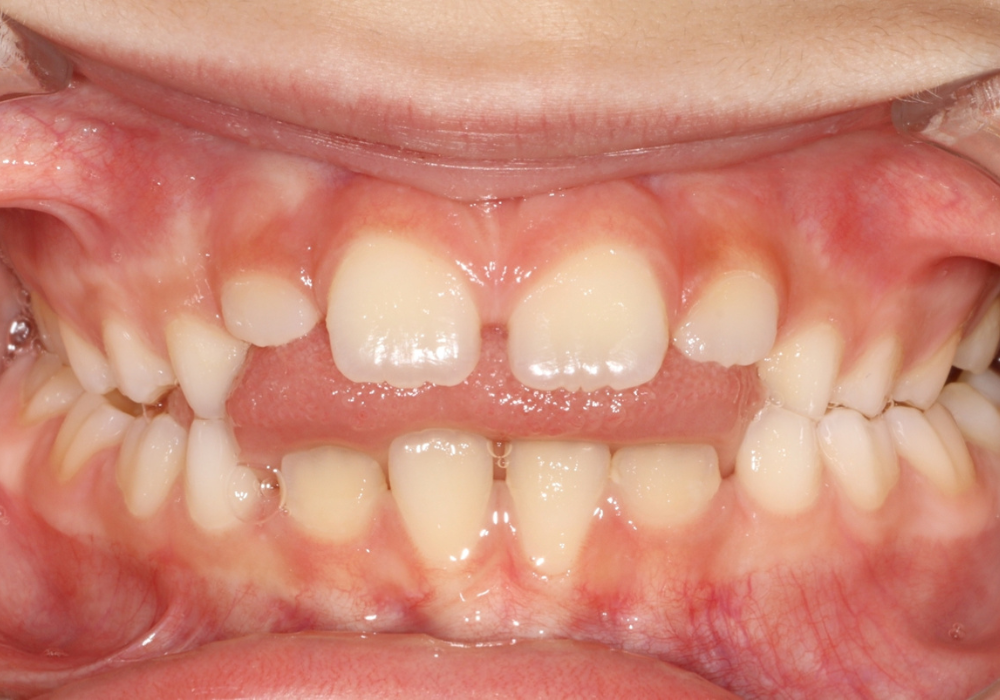
Open Bite:
An open bite occurs when the upper and lower front teeth do not meet when the mouth is closed. This condition can lead to difficulties in biting and chewing, as well as impact the overall facial aesthetics.
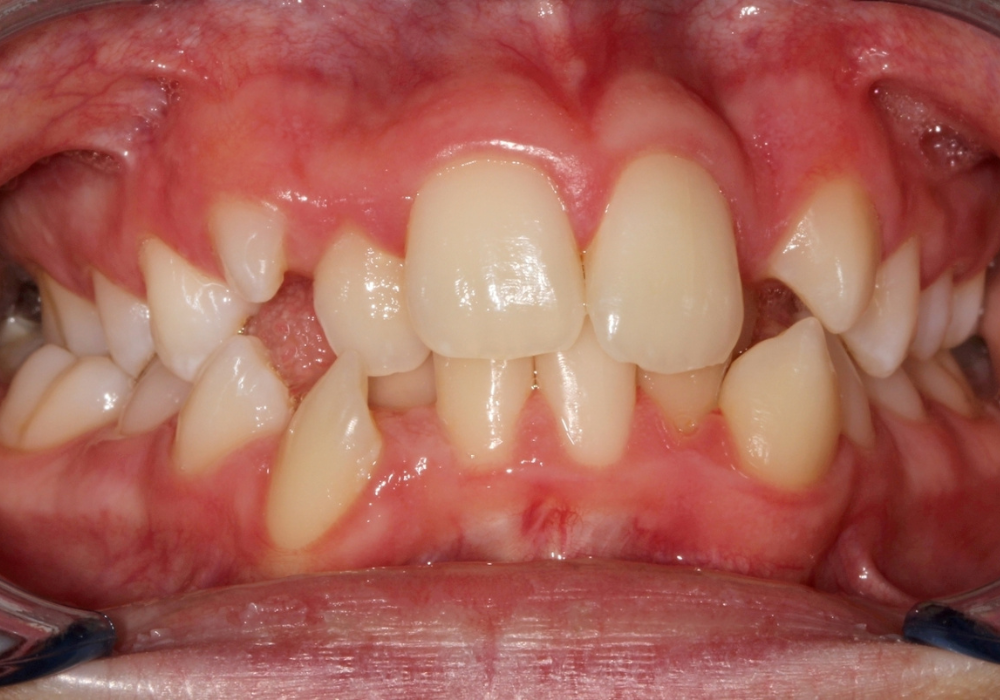
Crowding:
Crowding happens when there is insufficient space for teeth to erupt properly, causing them to overlap or twist. This can result in crooked teeth and may lead to difficulties in cleaning and maintaining good oral hygiene.
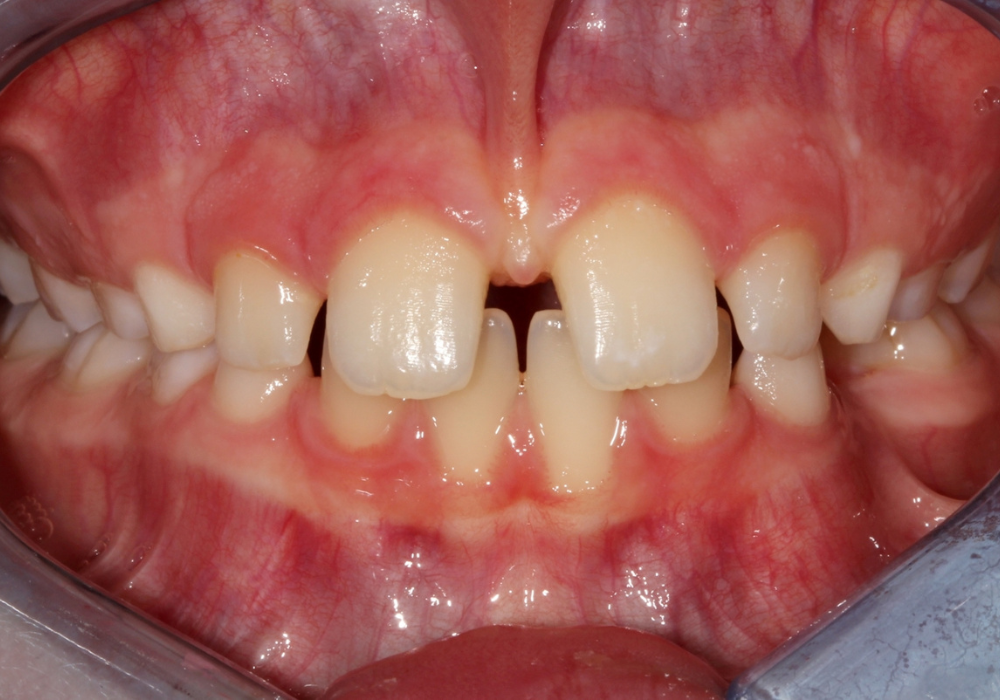
Spacing:
On the flip side, excessive spacing between teeth can also pose challenges. Gaps between teeth may affect the alignment of the bite and compromise the overall stability of the dental arch.
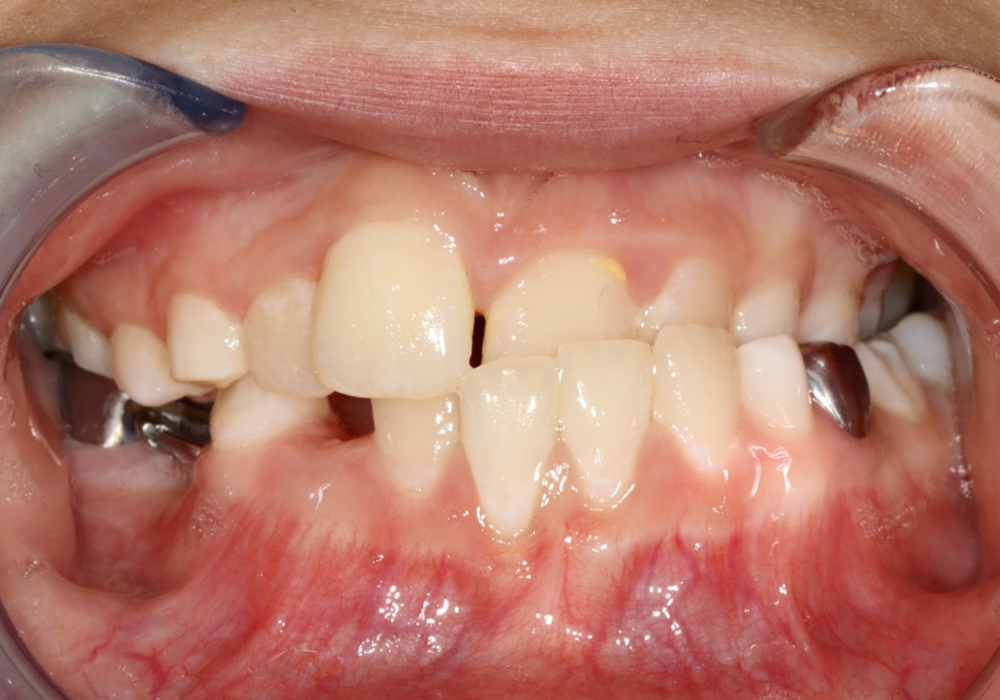
Crossbite:
Crossbite occurs when the upper teeth fit inside the lower teeth rather than outside. This misalignment can lead to uneven wear of teeth, jaw discomfort, and potential facial asymmetry.
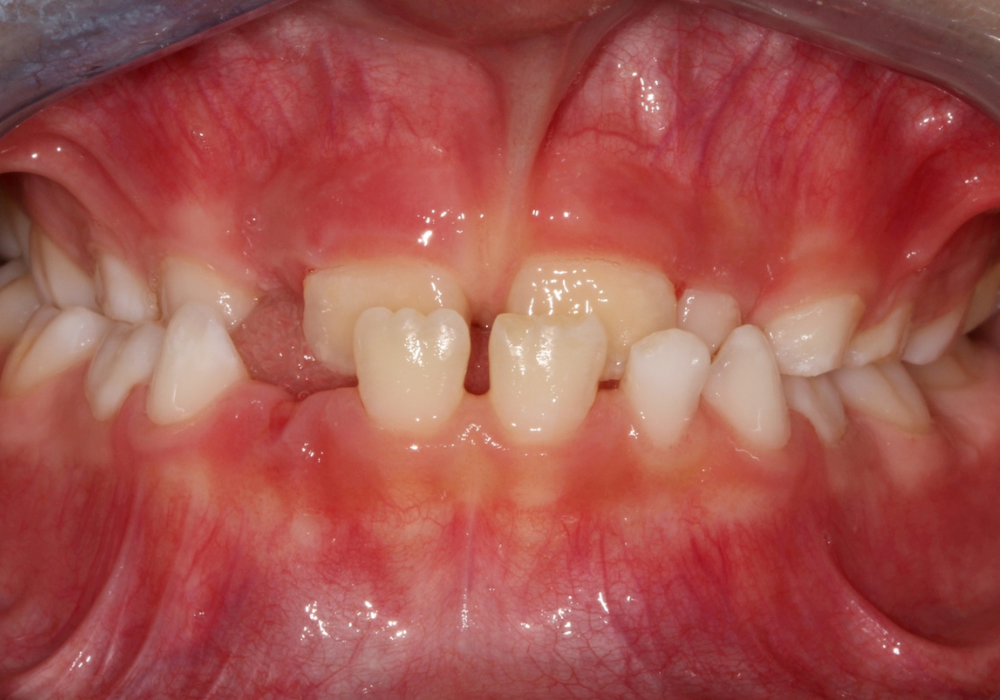
Underbite:
An underbite is characterized by the lower front teeth protruding past the upper front teeth. This misalignment can impact facial aesthetics, speech, and may contribute to issues like jaw pain.
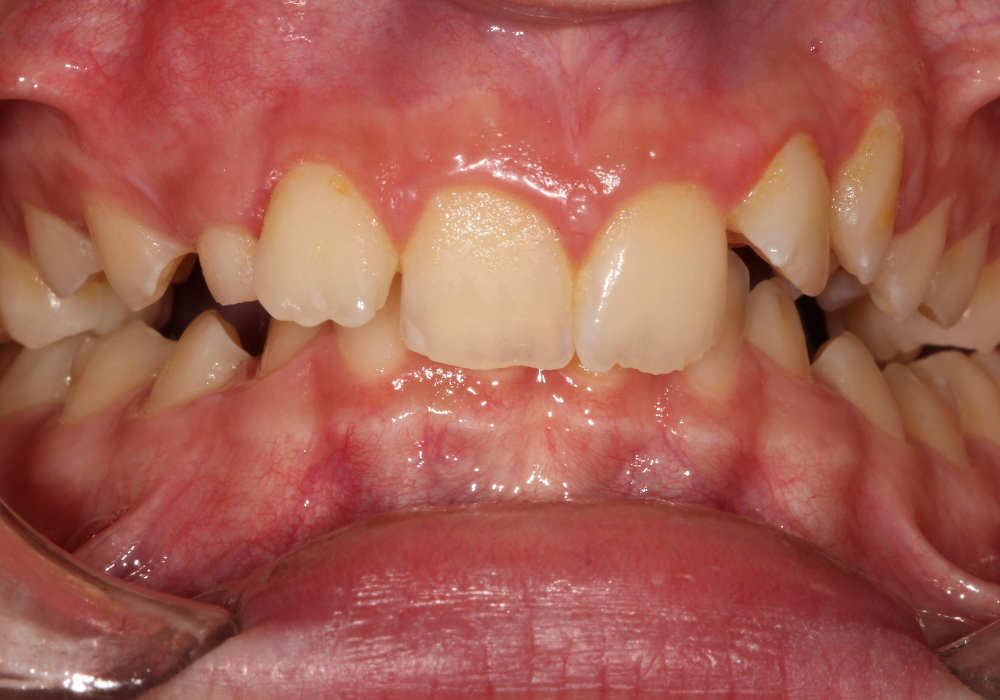
Overbite:
Conversely, an overbite is when the upper front teeth overlap significantly with the lower front teeth. While a slight overbite is normal, an excessive overbite can cause problems with the bite, speech, and overall facial harmony.
Other Signs to Note:
In addition to the specific orthodontic challenges mentioned above, there are several general signs that parents should be aware of:
Difficulty Chewing:
Children experiencing orthodontic issues may struggle with biting and chewing, leading to discomfort and potential nutritional challenges.
Mouth Breathing:
Chronic mouth breathing can indicate orthodontic problems, affecting the development of the jaw and contributing to issues like dry mouth and bad breath.
Facial Imbalance:
An imbalance in facial features, such as asymmetrical growth or a disproportionate jawline, may signal underlying orthodontic issues.
Jaw Shifting:
Observing noticeable shifts or irregular movements of the jaw during activities like eating or speaking may indicate orthodontic challenges.
Early or Late Loss of Baby Teeth:
Deviations from the typical timeline for losing baby teeth could be indicative of orthodontic issues that need attention.
Speech Difficulties:
Problems with speech development, including lisping or difficulty pronouncing certain sounds, can be linked to orthodontic challenges affecting the oral cavity.
Identifying orthodontic challenges in growing children is crucial for ensuring proper development and preventing potential complications. Parents and caregivers should remain vigilant for signs such as open bites, crowding, spacing, crossbites, underbites, and overbites. Additionally, paying attention to indicators like difficulty chewing, mouth breathing, facial imbalance, jaw shifting, early or late loss of baby teeth, and speech difficulties can further aid in early diagnosis.
Want to learn more about early orthodontic intervention for your young one?
CLICK BELOW OR CALL US TODAY FOR A COMPLIMENTARY CONSULTATION.

Racine Office
1558 South Green Bay Road
Racine, Wisconsin 53406
Waterford Office
725 Cornerstone Crossing
Waterford, Wisconsin 53185
